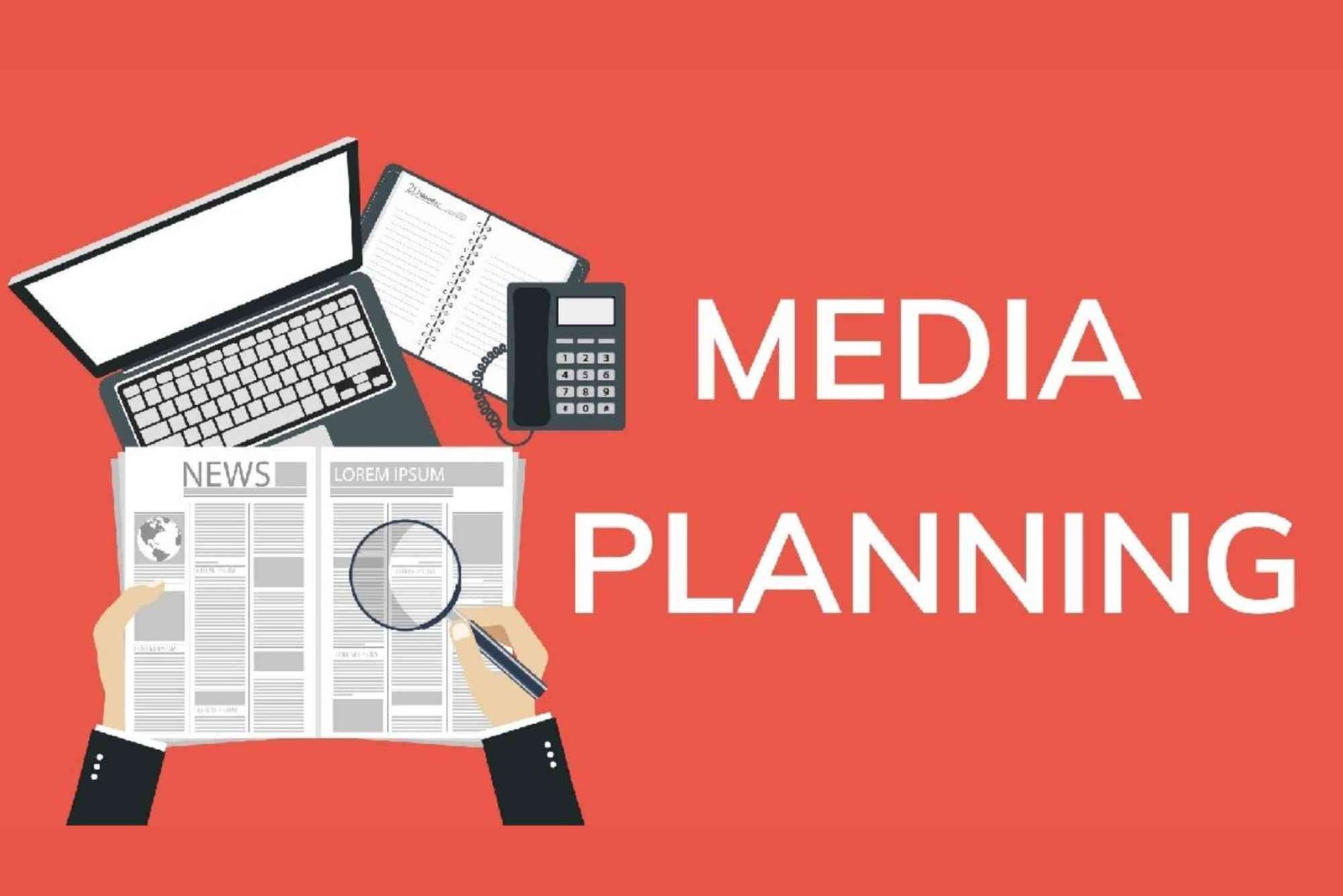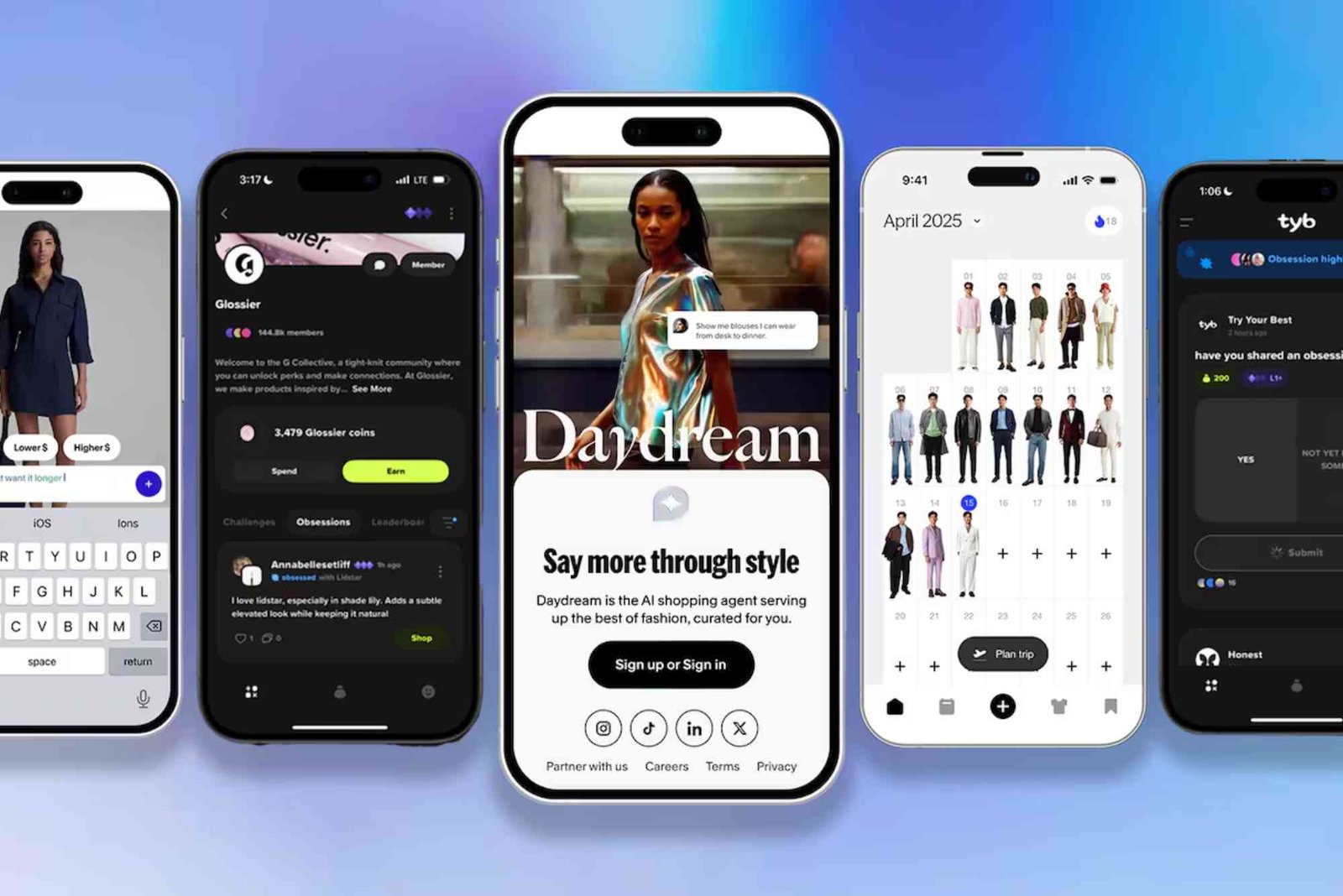Introduction
In the fast-changing world of marketing, understanding what media planning in advertising truly means can make the difference between a successful campaign and wasted ad spend. Media planning is the foundation that ensures your message reaches the right audience, at the right time, through the right channels. Whether you’re a brand owner, marketer, or student of advertising, this practical guide will walk you through every essential aspect of media planning and how to master it for real-world success.
Understanding Media Planning in Advertising
Media planning in advertising is the strategic process of deciding where, when, and how to deliver advertising messages to maximize impact and return on investment (ROI). It involves selecting the most effective media platforms—such as television, radio, print, digital, or social media—to reach a target audience efficiently.
The process requires analyzing data, understanding consumer behavior, and setting clear marketing goals. Media planners work to find a balance between budget constraints and audience reach, ensuring every dollar spent delivers measurable value.
According to marketing experts, an effective media plan can increase ad engagement rates by over 60% compared to random ad placements. That’s why understanding What Is Media Planning In Advertising — A Practical Guide is crucial for every marketing professional today.
The Importance of Media Planning
Media planning isn’t just about buying ad space—it’s about building a communication bridge between the brand and the audience. The main goal is to make sure your advertising messages are delivered effectively and efficiently.
Well-executed media planning helps:
-
Optimize advertising budgets and prevent waste
-
Identify the best-performing media platforms
-
Enhance brand visibility and awareness
-
Target the right audience demographics and behaviors
-
Improve ROI through data-driven decision-making
A solid media plan ensures that your campaign not only reaches the audience but also resonates with them.
The Core Components of Media Planning
Successful media planning revolves around a few core components that guide the entire strategy.
Defining Objectives
Before diving into channel selection or budget allocation, every campaign must start with clear objectives. Are you trying to boost brand awareness, drive sales, or promote a product launch? Objectives define your strategy and influence every decision that follows.
Understanding the Target Audience
Knowing your audience is at the heart of media planning. This includes demographics, psychographics, lifestyle, and digital behaviors. For instance, a younger audience might engage more with short-form video ads, while professionals might prefer LinkedIn or business podcasts.
Budget Allocation
Budgets can make or break your media plan. Effective planners allocate funds based on performance metrics, platform reach, and campaign goals. It’s about spending smarter, not just more.
Media Channel Selection
From digital platforms to traditional outlets, the media mix should align with your objectives and audience preferences. For deeper insight into how different media types perform, you can read Top Tips: What Is Media Planning for advanced strategies.
Scheduling and Timing
Timing can drastically affect campaign performance. Planners analyze audience activity patterns and seasonal trends to determine the best days, hours, or months to run ads.
Tracking and Optimization
Media planning doesn’t end once ads are live. Continuous monitoring helps identify which channels deliver the best results. Data insights allow advertisers to reallocate budgets, adjust creatives, or shift focus for maximum performance.
The Process of Media Planning — Step-by-Step
Let’s look at the step-by-step process that professionals use to create an effective media plan.
Market Research
Before making any decisions, thorough market research is conducted to understand the target market, competitors, and emerging trends. Research tools like Google Analytics, Nielsen ratings, and SEMrush can help planners identify audience interests and consumption patterns.
Establish Media Objectives
Media objectives translate marketing goals into measurable results, such as increasing website traffic by 20% or improving ad recall by 15%.
Develop the Media Strategy
This step involves selecting the media mix—choosing between digital, print, broadcast, or outdoor—and deciding how to allocate resources effectively. The strategy defines the “what, where, when, and how” of the campaign.
Media Buying
Media buying involves negotiating and purchasing the selected media spaces or time slots. A skilled media buyer ensures you get the best rates, placements, and exposure possible.
Campaign Execution
Once the plan is approved, creatives are launched across platforms. This is where all planning turns into action—ads start running, and data begins to flow.
Evaluation and Reporting
After campaign completion, results are analyzed against KPIs. Reports include metrics like impressions, engagement, conversion rates, and ROI. These insights are invaluable for improving future campaigns.
Traditional vs. Digital Media Planning
Media planning has evolved significantly with the rise of digital technology. Traditional media—TV, print, and radio—still hold value for certain audiences, but digital platforms now dominate due to better targeting and analytics.
Traditional Media Planning
Traditional media offers broad reach, credibility, and high impact for mass-market campaigns. However, it lacks precision targeting and real-time data analysis.
Digital Media Planning
Digital media, including social media ads, video marketing, and search engine advertising, provides detailed targeting options and measurable results. Digital planners can track user interactions in real time, making campaigns more adaptable and cost-effective.
For a deeper look at visual and motion-based advertising, check out What Is Video Advertising — A for insights into how video plays a vital role in today’s marketing strategies.
Challenges in Media Planning
Despite the benefits, media planning presents several challenges that professionals must navigate carefully.
Audience Fragmentation
With audiences scattered across numerous platforms, reaching them consistently can be difficult. This makes integrated strategies essential.
Budget Constraints
Every advertiser aims for maximum reach within limited budgets. The key lies in balancing high-impact channels with cost-efficient platforms.
Data Overload
While data is a media planner’s best friend, excessive information can be overwhelming. The real skill lies in filtering actionable insights from the noise.
Evolving Technology
New advertising technologies emerge rapidly, from AI-driven targeting to programmatic advertising. Staying updated is vital for maintaining campaign effectiveness.
Benefits of Effective Media Planning
When done right, media planning can transform advertising performance. Key benefits include:
-
Better audience targeting
-
Reduced ad wastage
-
Higher ROI and conversion rates
-
Stronger brand visibility
-
Improved campaign consistency across channels
Effective media planning ensures every message counts and that your brand remains memorable in a competitive market.
The Role of Media Planners
Media planners play a crucial role in bringing campaigns to life. They blend analytical thinking with creative insight to identify the best ways to reach the audience. Their responsibilities include:
-
Analyzing audience data
-
Collaborating with creative teams
-
Managing budgets and schedules
-
Monitoring campaign performance
-
Adjusting strategies for optimization
In today’s digital-first world, media planners also work closely with data analysts, SEO specialists, and social media managers to create cohesive multi-channel campaigns.
Tips for Successful Media Planning
Success in media planning depends on preparation, strategy, and adaptability.
-
Always base decisions on data, not assumptions.
-
Test multiple media channels before scaling.
-
Revisit and revise your plan regularly.
-
Stay updated with media trends and technologies.
-
Use analytics to measure and refine campaigns.
Learning from professional insights like those in Top Tips: What Is Video Advertising can also sharpen your understanding of evolving media landscapes.
FAQs
What is the main goal of media planning?
The main goal is to identify the best combination of media channels to deliver advertising messages effectively and efficiently to the target audience.
How is media planning different from media buying?
Media planning involves strategizing and deciding where and when ads should appear, while media buying focuses on negotiating and purchasing the ad space.
Why is digital media planning important today?
Digital media planning allows precise targeting, real-time data tracking, and higher flexibility compared to traditional media.
What are some common tools used in media planning?
Popular tools include Google Analytics, Nielsen, Comscore, HubSpot, and SEMrush for tracking audience data and performance metrics.
How can businesses measure the success of their media plan?
Success is measured through KPIs like reach, impressions, engagement rate, conversions, and ROI.
Media planning is more than just placing ads; it’s about creating meaningful connections with your audience. It combines data, creativity, and timing to ensure that every campaign delivers measurable results. By understanding What Is Media Planning In Advertising — A Practical Guide, you can build smarter strategies that maximize your brand’s visibility and impact.
Whether you’re planning your first campaign or refining an existing strategy, focus on understanding your audience, selecting the right channels, and continuously optimizing based on performance. If you want to take your advertising efforts to the next level, start exploring deeper insights with Top Tips: What Is Media Planning and related marketing strategies today.




